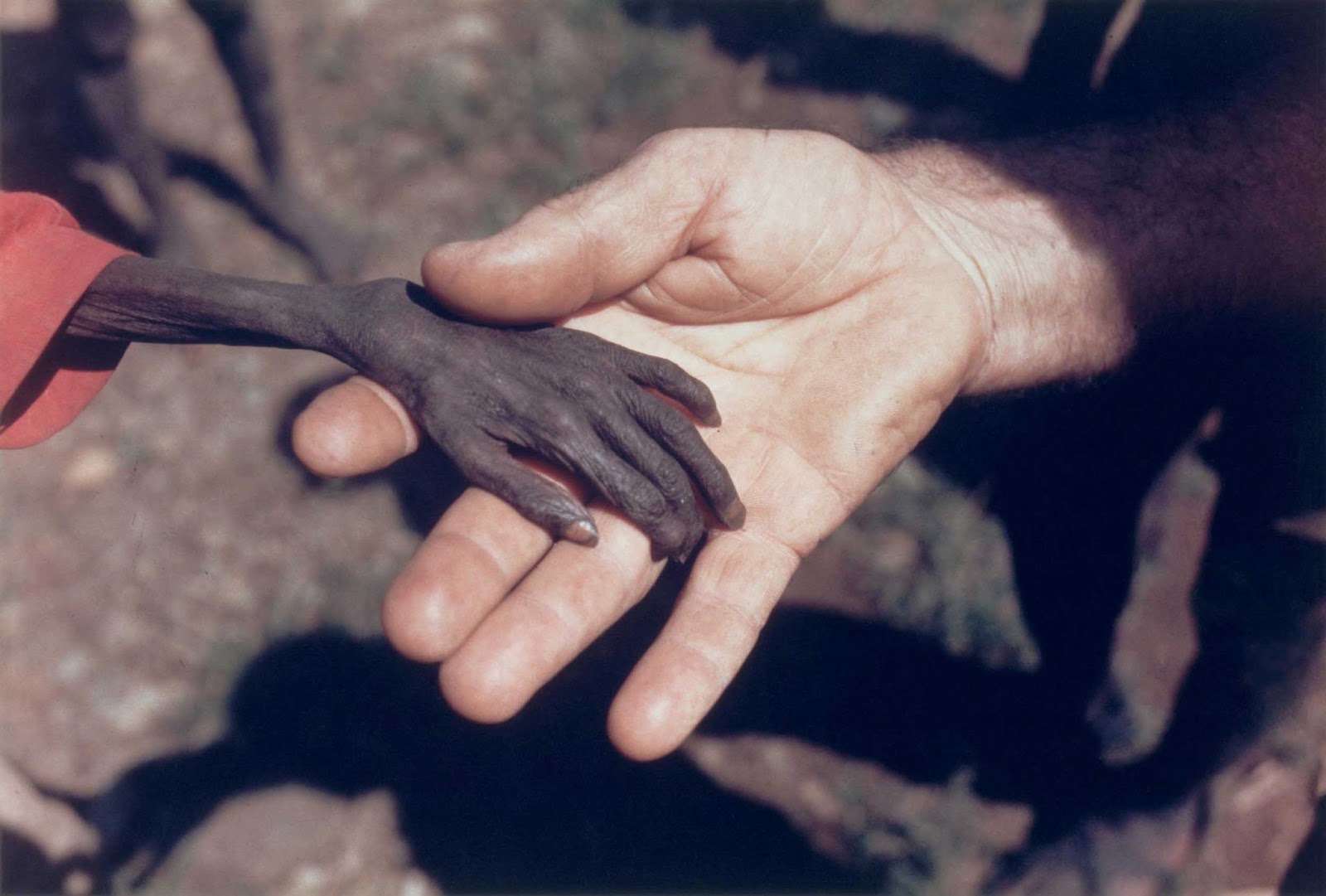8 Year Old Chess Prodigy Defeats Multiple Chess Masters at Once in France
Samuel Reshevsky, at age eight, giving a simultaneous exhibition in France, 1920. He defeated everyone in this picture.

In 1980, Mike Wells captured a poignant moment in a powerful photograph depicting a Catholic missionary holding the hand of a starving Ugandan boy. The image is striking in many ways, almost resembling something otherworldly rather than the hand of a human being.
Despite its surreal appearance, the hand in the photograph is undeniably human, belonging to a starving individual. Freelance photojournalist Mike Wells, reflecting on the significance of the image in an interview with Holland Herald magazine after receiving the World Press Photo of the Year award, revealed that he took the photo while working in Africa for the Save the Children Fund of the United Kingdom. His assignment involved covering their anti-polio campaign in Swaziland and Malawi, providing insight into the context behind this impactful snapshot.
Wells captured this poignant image during a detour to Uganda, where he visited a seminary managed by the Verona Fathers during the initial stages of the famine. At the seminary, food was being distributed to those in need. One of the monks shared the details of the situation with Wells, mentioning that the boy, identified as a Karamojong, was approximately four years old.
The food shortages in Karamoja stemmed from a series of challenges beginning in July 1978, including drought, crop failures, and plant diseases. Despite being alerted to the crisis that year, the Ugandan government, under President Idi Amin's administration, took no significant action. Karamoja, lacking substantial economic or political importance, received little attention from the government.
In 1979, following Amin's overthrow and the retreat of his soldiers, Karamojong warriors gained access to a considerable supply of firearms and ammunition. This influx of weapons brought about a drastic shift in regional dynamics, particularly in terms of power balances and traditional cultural practices such as raiding. The heightened presence of firearms made it perilous to transport cattle or grain in and out of Karamoja.
Furthermore, national instability precipitated a collapse in trade, exacerbating the situation. By the early 1980s, families were already facing food shortages. However, the crisis escalated significantly in May, reaching critical levels by July and August of the same year.
In response to the escalating famine, the Verona Fathers in Karamoja made an urgent appeal to the World Food Program in Rome in July. The Catholic Church had been involved in missionary activities in the region since 1933, and had been providing relief assistance during periods of famine since the 1960s.
Mike Wells, the photographer behind the acclaimed image, later revealed that he felt a sense of shame when capturing the photograph. Despite winning the prestigious World Press Photo Award for the image, Wells admitted to feeling embarrassed by the recognition. The publication that had held onto his photograph for five months before submitting it to the competition further compounded his discomfort. He expressed reluctance to accept awards for images depicting people suffering from starvation, a sentiment that underscored his ethical concerns surrounding the use of such images for recognition.
Be the first to comment